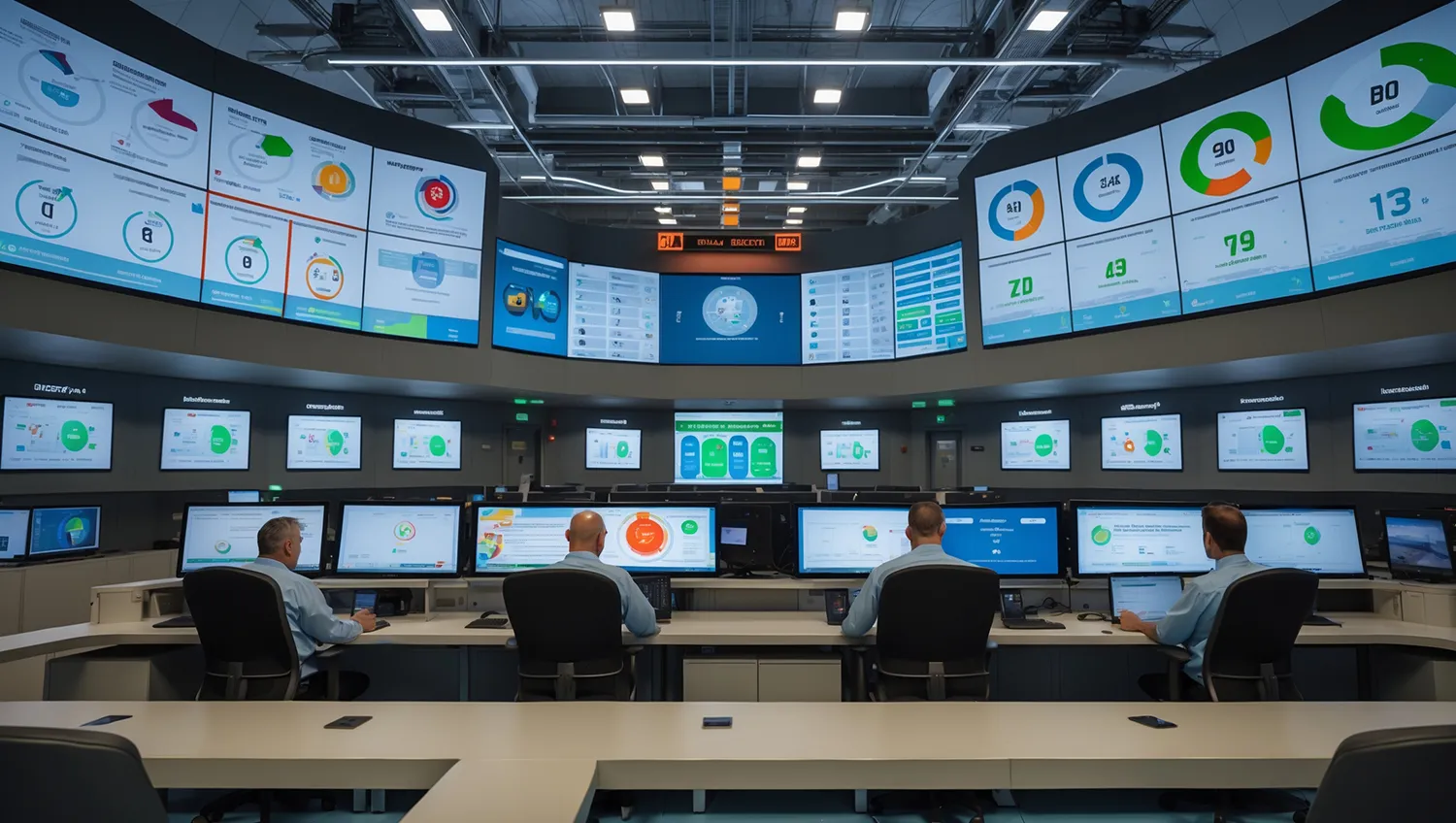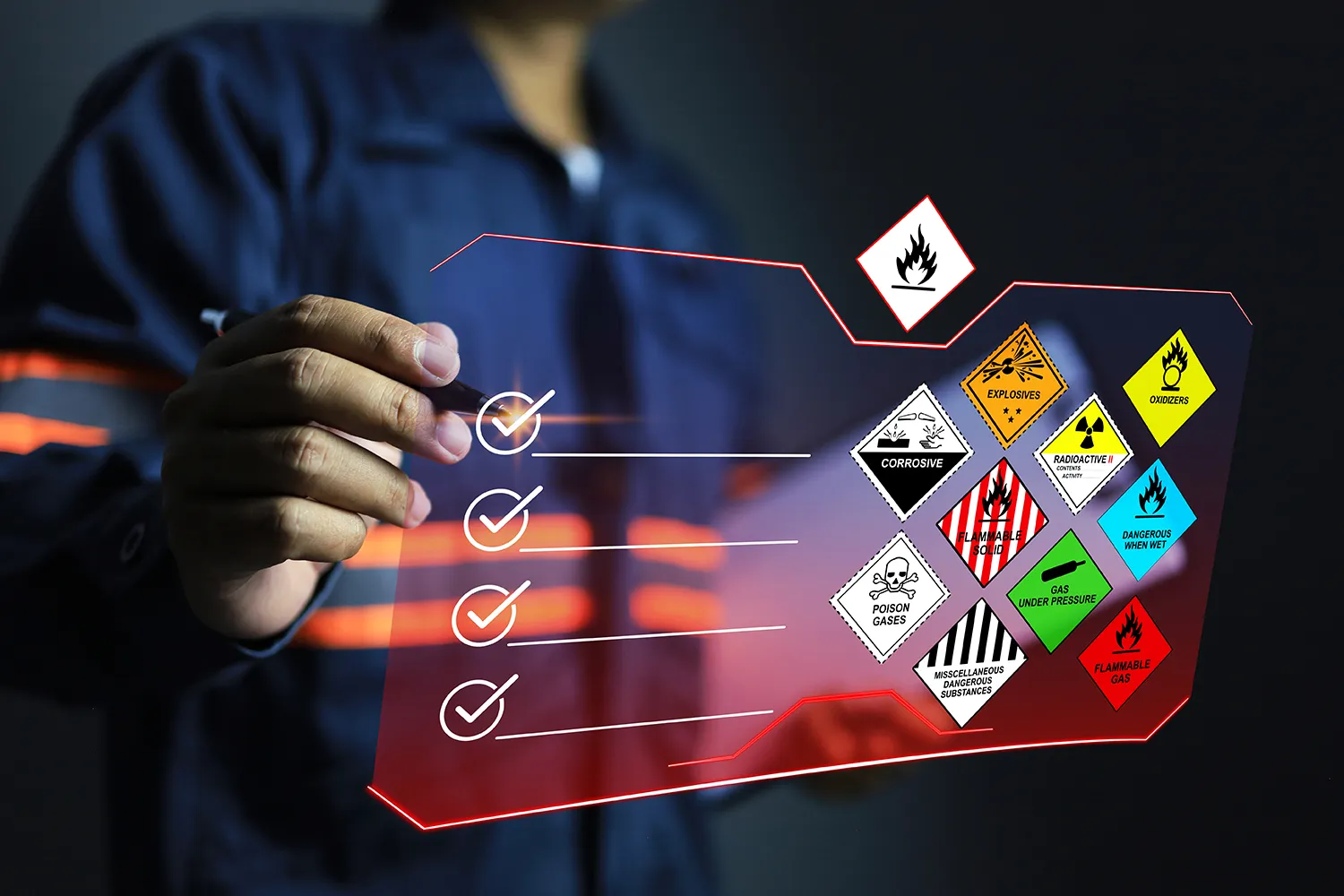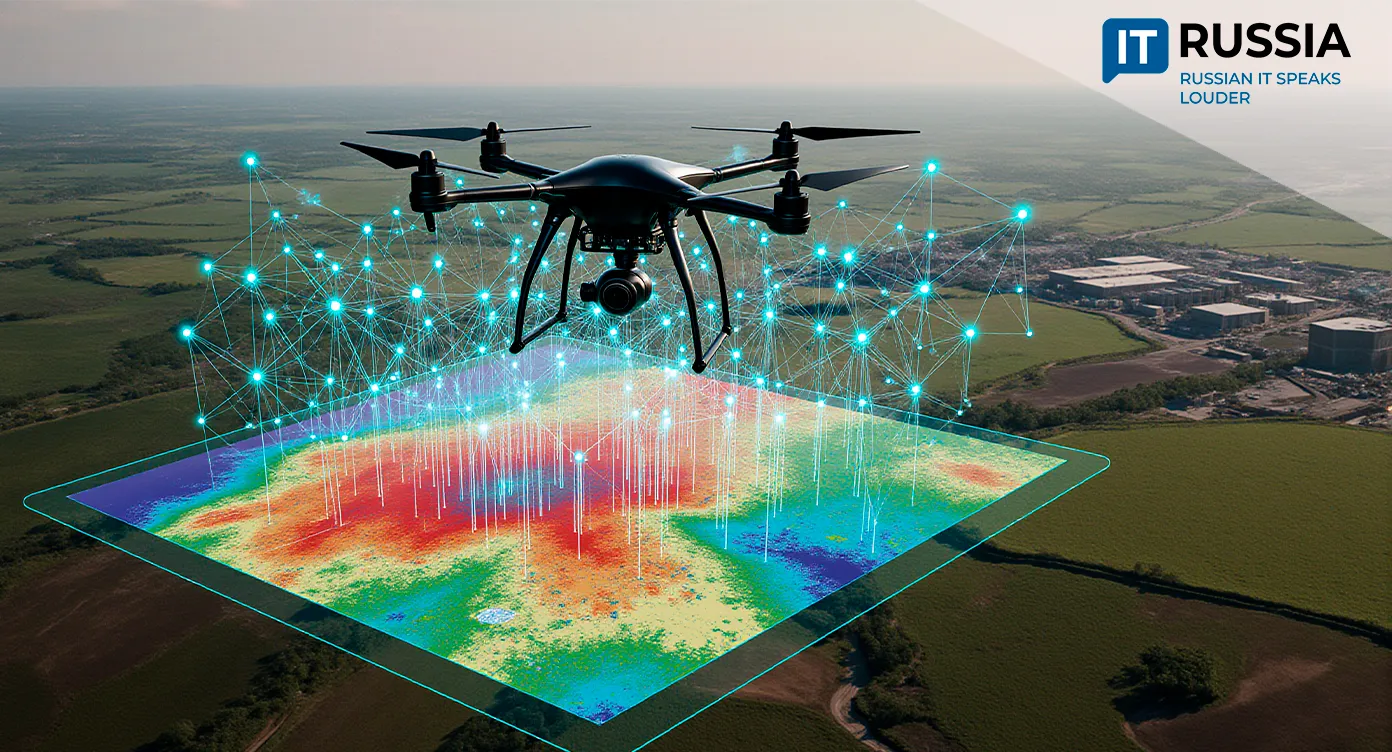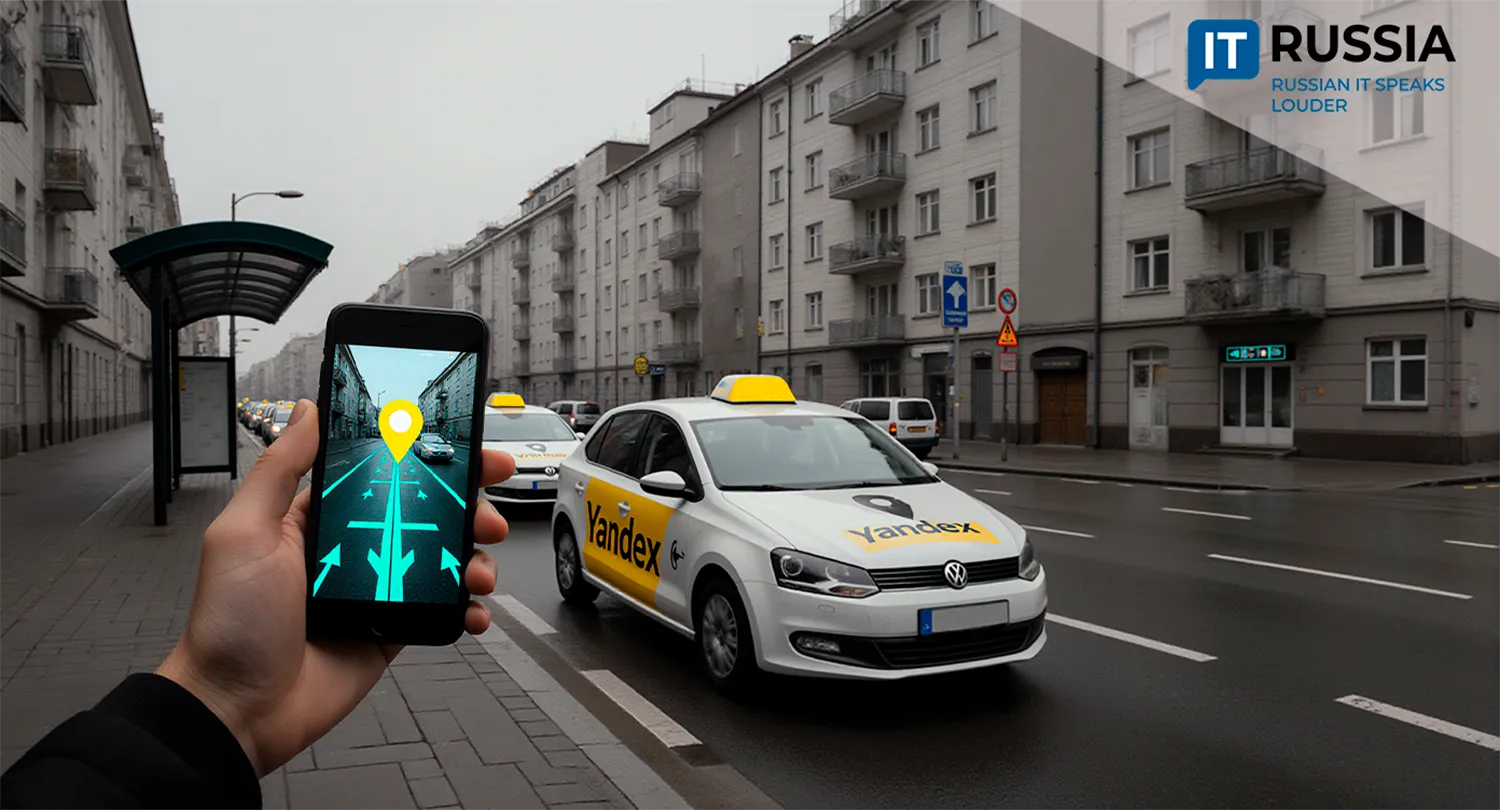Safe Atom: Rosatom Records Historic Low in Workplace Injuries
In 2025, Rosatom reported the lowest level of workplace injuries in its history. Most enterprises across the nuclear sector are operating without a single incident, and the injury frequency rate has dropped to record lows. This success reflects not only technological improvements but also new approaches to safety management.

Safety Culture as Daily Practice
By the end of 2025, more than 90% of Rosatom organizations reported zero workplace injuries, and the frequency rate had fallen to about 0.07—an unprecedented level among large Russian companies. At the same time, the number of fires and serious accidents at hazardous industrial sites declined sharply. These results became a focal point of discussions at industry forums on occupational safety.
Rosatom attributes the improvement to systematic efforts in developing a culture of safe behavior. This includes training managers to lead by example, conducting regular work reviews with risk assessments, involving employees in hazard discussions, and rewarding safe decisions.
The corporation emphasizes that adopting the principles of Vision Zero and embedding them into daily routines played a decisive role.

Digital Transformation of Occupational Safety
In parallel, Rosatom is building an industry-wide “Industrial Safety” system that integrates incident reporting, risk assessment, inspections, training, and documentation into a single digital platform.
This will make it possible to monitor “hot spots” in real time, track compliance with safety requirements, and quickly replicate best practices across divisions. By 2030, most enterprises are expected to transition their safety processes to this unified digital framework.
Eyes and Ears of the System
The platform is more than just a database. Sensors, video-analytics cameras, wearable devices, and predictive algorithms are being deployed to monitor compliance with protective equipment requirements, detect dangerous proximity to moving machinery, and assess worker fatigue or behavioral anomalies.

AI does not replace people but instead flags risks automatically, shortening response times. These tools allow hazards to be identified proactively, before they result in accidents.
How It Works
On the ground, the system operates as follows: workers complete mandatory digital training and gain access through a mobile app that tracks certifications and briefings. Workplace sensors transmit data to the Industrial Safety system, where analytics assess risk levels. If anomalies are detected, an alert is automatically sent to supervisors. For critical risks, equipment shutdowns or localized alarms are triggered. Meanwhile, managers can track incident trends and allocate resources to training and prevention.
The 2025 record is the outcome of combining safety culture, management, and digital technologies, leading to a real reduction in risk. Rosatom’s plan for “zero fatal accidents” by 2030 is reinforced by concrete digital projects and standards. This model could set an example for the broader Russian industrial sector.










































